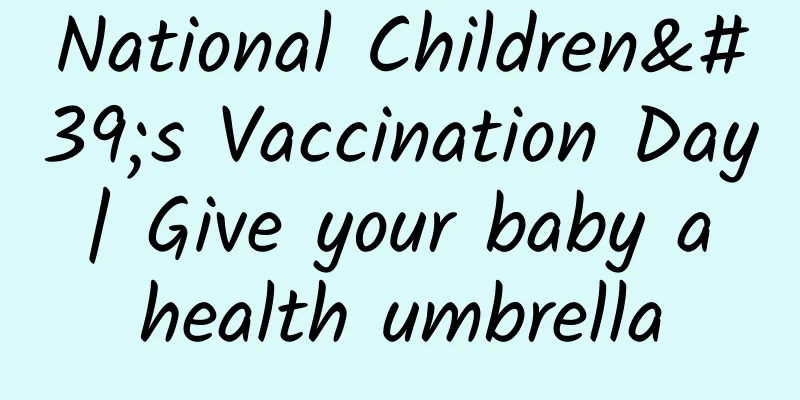If one spouse has high blood pressure, is it likely that the other will also suffer from high blood pressure?

|
Compiled by: Gong Zixin A new multinational study found that There was positive agreement on hypertension status in heterosexual couples: If one of you has high blood pressure, The other partner will usually also suffer from high blood pressure. The study was published Dec. 6 in the Journal of the American Heart Association. "Hypertension is common among middle-aged and older adults, but we were surprised to find that in many older couples in the United States, the United Kingdom, China and India, both the husband and the wife had hypertension," said senior author Chihua Li, PhD, a postdoctoral researcher at the University of Michigan. "For example, in the United States, more than 35 percent of couples aged 50 or older had hypertension." "This is the first joint investigation of hypertension in couples from high- and middle-income countries," said study co-author Jithin Sam Varghese, PhD, assistant research professor at the Emory Global Diabetes Research Center at Emory University in Atlanta. "We wanted to find out whether many married couples who share the same interests, living environments, lifestyle habits and health conditions also have high blood pressure." The studies used a uniform design and measurement methods, first recruiting age-eligible primary participants (50 years and older in the United States and the United Kingdom, and 45 years and older in China and India), and then inviting their partners to participate (regardless of their age). Couples in the study were defined as opposite-sex couples living in the same household. Association of hypertension status among couples with gender differences in each country National differences in hypertension status among couples The researchers analyzed blood pressure measurements from 3,989 American couples, 1,086 British couples, 6,514 Chinese couples, and 22,389 Indian couples and found that: The prevalence of hypertension in both partners is about 47% in the UK, 38% in the US, 21% in China, and 20% in India. Compared with wives of husbands without hypertension, wives of husbands with hypertension were 9% more likely to have hypertension in the United States and the United Kingdom, 19% more likely in India, and 26% more likely in China; In each country, similar associations were observed for husbands. The associations were consistent when the analysis was stratified by region of residence, household wealth, years of marriage, age group, and education level within each country. "Hypertension is more common in the United States and the United Kingdom than in China and India, however, the association between blood pressure status in couples was slightly stronger in China and India than in the United States and the United Kingdom," said Peiyi Lu, PhD, a postdoctoral fellow in epidemiology at Columbia University's Mailman School of Public Health and co-author of the study. One reason may be cultural. In China and India, people strongly believe that families should stick together, and couples are expected to rely on and support each other emotionally and materially, so the health of couples may be more closely intertwined. Hypertension is one of the most important modifiable cardiovascular risk factors and remains highly prevalent and poorly controlled worldwide, and the finding of health concordance between couples provides new opportunities and hope for designing interventions for the diagnosis and management of hypertension. "According to this idea, lifestyle changes, such as exercising more, reducing stress or eating a healthier diet, can lower blood pressure, but these changes can be difficult to achieve and, more importantly, to maintain if your partner doesn't make the changes together," said Bethany Barone Gibbs, PhD, associate professor and chair of the Department of Epidemiology and Biostatistics at the West Virginia University School of Public Health. "These findings also suggest that a broader approach -- interventions using a social ecological model that considers the determinants of hypertension at the individual, interpersonal, environmental and policy levels -- may be necessary to reduce the global public health burden of hypertension." Data chart and reference source: https://www.ahajournals.org/doi/10.1161/JAHA.123.030765 |
Recommend
Treatment of post-coital bleeding
I believe that the disease of bleeding after inte...
There are horizontal lines on the bridge of the nose between the eyes of women
If we do an action, such as frowning, often enoug...
A 42-year-old woman with a cliff-like aging was diagnosed with premature ovarian failure? Will menopausal women age rapidly?
Author: Doctor Flying Knife Cutting Rain Reviewer...
How much higher is your body temperature at night than in the morning?
A woman's body temperature will be slightly h...
How to cover nasolabial lines with makeup
Every woman pursues beauty and pays attention to ...
What causes breast pain before menstruation?
Menstruation is a physiological circulatory cycle...
What to do if pregnant women have a headache
Pregnant women are in a special physiological sta...
[Health Tips] Do you often have muscle soreness? Do you have these 6 little habits? Check yourself↓↓
Information source: Healthy China; pictures from ...
What to eat during menopause
Menopause lasts about two to four years, during w...
How to treat yellow vaginal discharge and vaginal itching
Yellow leucorrhea and vaginal itching are relativ...
How and which part of oysters should be eaten? What are the nutritional values of oysters?
Oysters, also known as oysters, are the world'...
What is the nutritional value of canned dace with black bean sauce? How to choose canned dace with black bean sauce
Canned dace with black bean sauce is very delicio...
Where are the existing murals in my country mainly distributed? Why can't we take photos of murals?
The earliest murals were found in a cave in Franc...
How to enlarge breasts while sleeping at night
What should I do if I have a flat chest but don’t...









